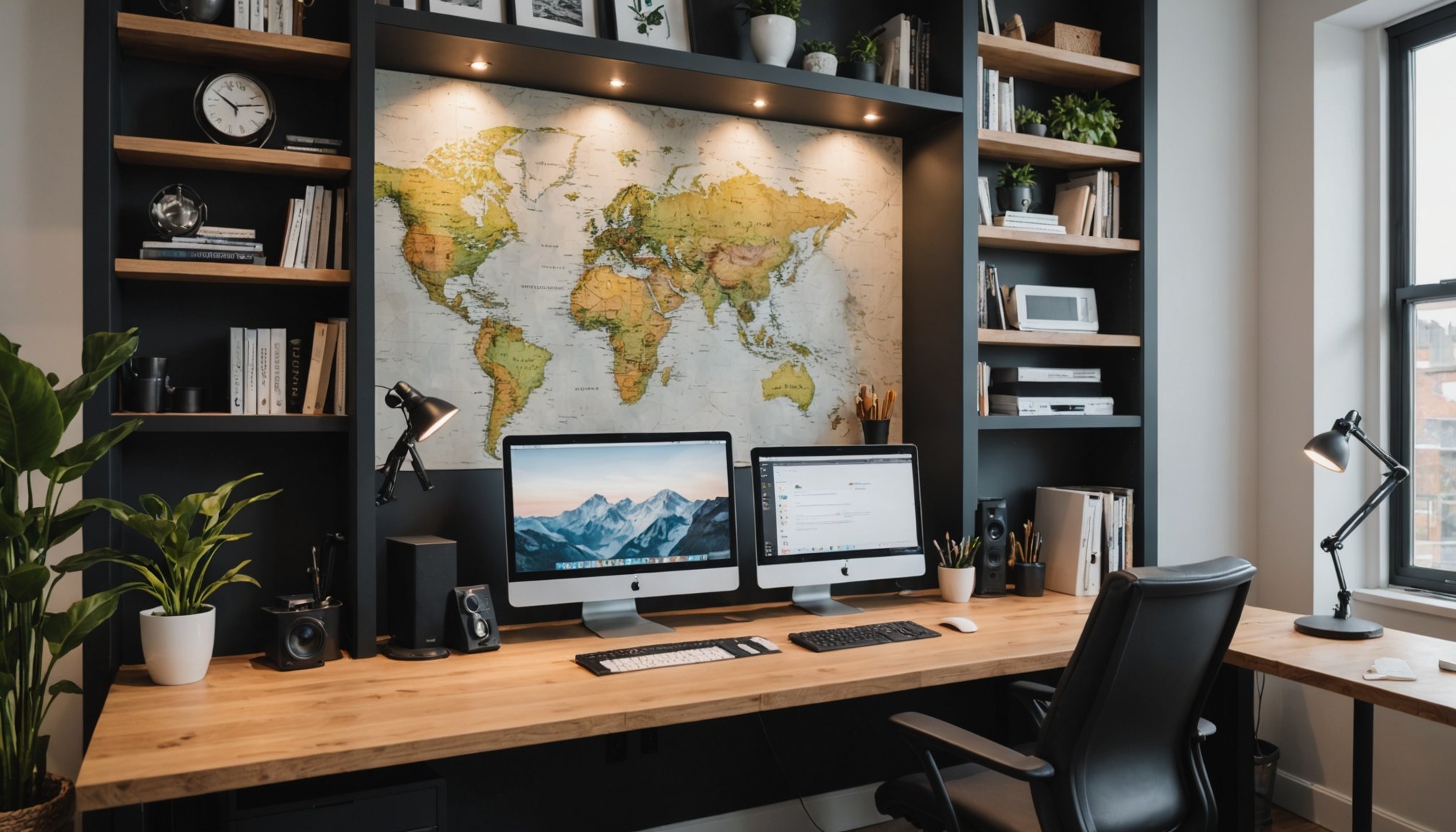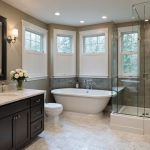In today’s fast-paced world, the lines between our professional and personal lives are increasingly blurred. As remote work becomes the norm rather than the exception, creating a quiet, productive home office has never been more important. Many of you may find yourselves battling noise distractions from street traffic, family members, or neighboring activities. Soundproofing your home office can be the solution you need to foster concentration and enhance work efficiency. This guide is crafted to offer a comprehensive look at the steps and materials needed to build an acoustically friendly workspace. Whether you are just starting in remote work or are a seasoned veteran, this article is your go-to resource for all things soundproofing.
Understanding the Basics of Soundproofing
Before diving into specific techniques, it’s essential to grasp the basics of what soundproofing entails. Soundproofing is not just about blocking noise but managing sound waves to reduce unwanted auditory interference. This process can be broken down into two fundamental categories: sound absorption and sound blocking.
Topic to read : What are the most cost-effective ways to upgrade my bathroom?
Sound Absorption: This helps minimize echo and reverberation. When sound waves hit a surface, they either get absorbed, reflected, or transmitted to the other side. Materials like acoustic panels, carpets, and drapes absorb sound, preventing it from bouncing around the room.
Sound Blocking: Unlike absorption, sound blocking involves creating barriers that prevent sound from entering or leaving a room. Dense materials like drywall, mass-loaded vinyl, and acoustic foam are used to stop sound transmission.
In parallel : How do I choose the right outdoor furniture for comfort and style?
Understanding these concepts is crucial because not all soundproofing techniques are created equal. By knowing what each process achieves, you can better tailor your approach to meet your specific noise issues. A well-soundproofed office brings a sense of tranquility and allows for uninterrupted focus essential for any remote work setup.
Evaluating Your Home Office Space
Now that you have a grasp of soundproofing principles, it’s time to take a closer look at your home office space. Every room is unique, and understanding its characteristics is pivotal in crafting an effective soundproofing strategy.
Identify Noise Sources: Begin by pinpointing where the majority of noise is coming from. Is it external traffic? Noise from other rooms? Or perhaps it’s sounds echoing within the office itself? Identifying these sources will help you target your soundproofing efforts more efficiently.
Examine Structural Weaknesses: Look for gaps and weaknesses in your room’s structure, as these can be major noise pathways. Common culprits include windows, doors, walls, and ceilings. Addressing these weak spots will be critical in your soundproofing efforts.
Assess Your Budget and Needs: Soundproofing can range from simple DIY solutions to more extensive renovations. Determine what suits your budget and requirements. While heavier investments may offer higher returns in noise reduction, even modest changes can significantly improve your work environment.
By understanding your unique space, you lay the groundwork for a successful soundproofing project. Proper evaluation allows for cost-effective and targeted solutions that can transform your home office into a peaceful haven.
Implementing Soundproofing Solutions
With the foundation laid, it’s time to explore practical soundproofing solutions tailored to your home office. Here, we’ll delve into effective options that cater to varying needs and budgets.
Sealing Gaps and Cracks: One of the simplest yet most impactful soundproofing measures involves sealing any gaps around windows, doors, and walls. Weatherstripping, acoustic sealant, and door sweeps are affordable options that can dramatically reduce sound leakage.
Upgrading Windows and Doors: Windows and doors are common entry points for noise. Consider installing double-glazed windows or solid-core doors to block out external noise effectively. Adding heavy curtains or door covers can also serve as additional sound barriers.
Adding Acoustic Panels: Acoustic panels absorb sound waves, reducing echo and improving the acoustics within your office. Placing these panels strategically around the room can enhance sound quality while preventing outside noise from becoming a distraction.
Incorporating Rugs and Carpeting: Hard floors often amplify noise. By placing rugs or carpets in your office, you can dampen sound reflections and create a cozier, quieter environment.
Each of these solutions holds the potential to significantly enhance your home’s acoustic environment, ensuring a quieter and more productive workspace.
Maintaining an Acoustic-Friendly Environment
While implementing soundproofing measures is crucial, maintaining an acoustic-friendly environment is an ongoing process. Over time, wear and tear, changes in furniture arrangements, or even new noise sources can impact your soundproofing efforts.
Regular Inspections: Periodically check the condition of your soundproofing materials. Look for any signs of wear or damage and address them promptly. Regular maintenance helps sustain the integrity of your soundproofing solutions.
Flexibility in Furniture Arrangement: The way furniture is arranged can influence sound dynamics. Be open to rearranging your workspace to minimize noise exposure. Bookshelves, for instance, can act as additional sound barriers when strategically placed.
Staying Informed: The world of acoustics is dynamic, with new technologies and materials continually emerging. Keep abreast of the latest trends and innovations that may enhance your soundproofing efforts. Engage in forums or online communities focused on home office acoustics to exchange ideas and experiences.
By staying proactive and adaptable, you can ensure that your home office remains an effective and peaceful work environment for years to come.
Soundproofing your home office is more than just a response to everyday noise; it’s an investment in your mental clarity and work efficiency. As remote work continues to shape our professional landscapes, ensuring that your workspace is free from distractions becomes essential.
By understanding the principles of soundproofing, evaluating your space, implementing tailored solutions, and maintaining your efforts, you can create an office environment that fosters productivity and focus.
As you embark on your soundproofing journey, remember that achieving complete silence isn’t always feasible. However, by taking these steps, you can significantly reduce noise interference, paving the way for a more productive and satisfying work-from-home experience. Let this guide be your starting point to transforming your home office into a sanctuary of inspiration and achievement.











